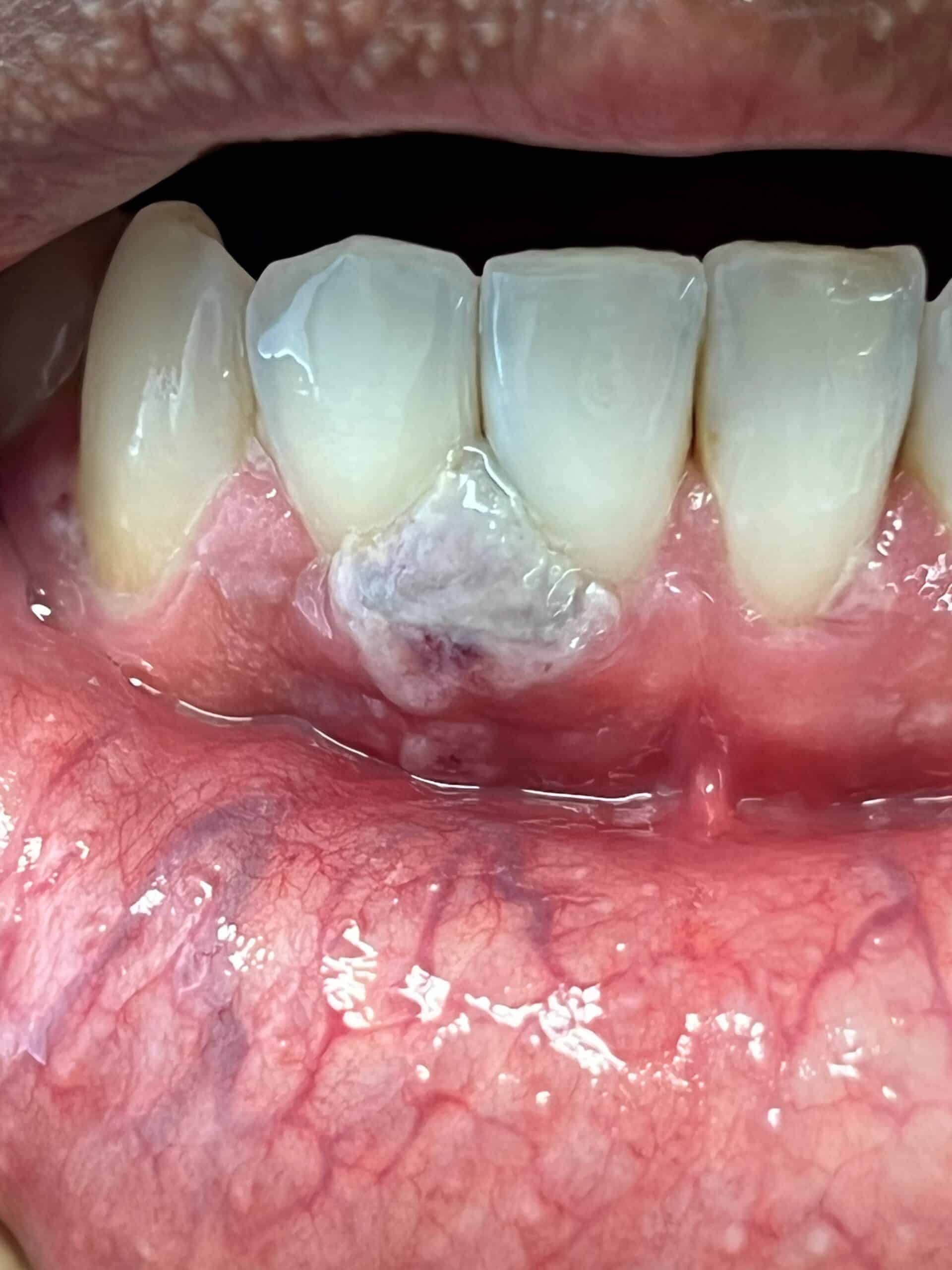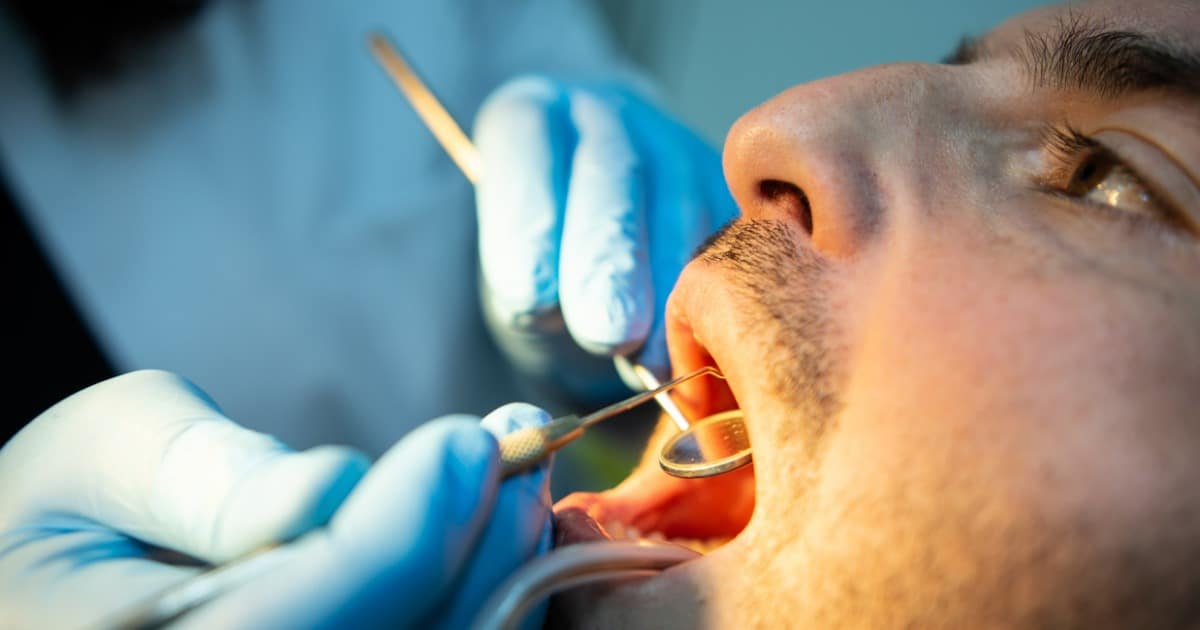Confirmed and probable cases of monkeypox in California and the U.S. are rapidly increasing, leading the state and the Biden administration to declare public health emergencies on the heels of San Francisco, which declared a local emergency in late July.
The Centers for Disease Control and Prevention has urged health care providers in the U.S. to be alert for patients who have rash illnesses consistent with monkeypox, regardless of specific risk factors and of gender or sexual orientation.
Dentists are well-positioned to help detect the virus during patient examinations, and dental teams should understand that the risk of transmission in dental practices is low currently. The CDC reported that “transmission during brief interactions (such as a brief conversation), between people in close proximity and for a long duration (such as passengers seated near a person with monkeypox on an airplane), or during healthcare encounters, has not been reported for any person with monkeypox.”
Rash may appear first on face with intra-oral lesions
Monkeypox is a known disease caused by infection with the monkeypox virus, which is closely related to smallpox but causes milder symptoms and, unlike smallpox and COVID-19, is rarely fatal. Monkeypox often presents first in the mouth as enanthem — a rash on the tongue and mucous membranes:

Dr. Bradley Shepard, a CDA member dentist who practices in San Francisco, shared the above image of a confirmed case with the presentation: “The patient is a 43-year-old male with two-day old lesion of the gingival papilla, firm and nonpainful. No systemic symptoms such as fever or chills, malaise or skin lesions were present at the time of exam. Slightly more than 24 hours later, the patient called us to report three skin lesions did appear and went in for testing for monkeypox. He was confirmed positive.”
Dentists can help detect monkeypox that presents in the mouth by:
- Asking patients if they have any mouth sores
- Looking for rashes and lesions on the tongue, in the oral cavity and on the corners of the mouth
- Contacting their local health department if they suspect a monkeypox lesion
The rash then evolves sequentially from macules to papules, vesicles, pustules and lastly crusts that dry and fall off. The painful rash of one or multiple painful deep-seated vesicles or pustules typically is more concentrated on the face and extremities.
Lymphadenopathy, fever, headache, exhaustion and muscle aches are common early symptoms appearing before the lesions develop, but many cases are now presenting without the early flu-like symptoms and with only the lesions appearing in specific areas of the body.
The CDC recommends that people with monkeypox remain isolated at home or at another location for the duration of their illness.
Infection control and prevention in the dental practice
Monkeypox spreads primarily through close skin-to-skin contact, but it also can be transmitted through infected bed sheets or towels or through “respiratory secretions,” according to the CDC. Although presently the outbreak is spreading primarily among gay and bisexual men, as well as some transgender and nonbinary people, anyone — regardless of gender or sexual orientation — can become infected.
Dental practices already follow strict infection control protocol and have implemented even more stringent protocol during the COVID-19 pandemic. At this time, dentists who are following COVID-19 prevention requirements do not need to change any protocol in response to the monkeypox outbreak. These requirements include wearing the proper PPE, such as N95 respirators during aerosol-generating procedures.
Additional resources
Information for healthcare professionals (CDC)
Monkeypox communications toolkit (California Department of Public Health)
An overview of monkeypox for dental hygienists & other dental professionals (Today’s RDH)

